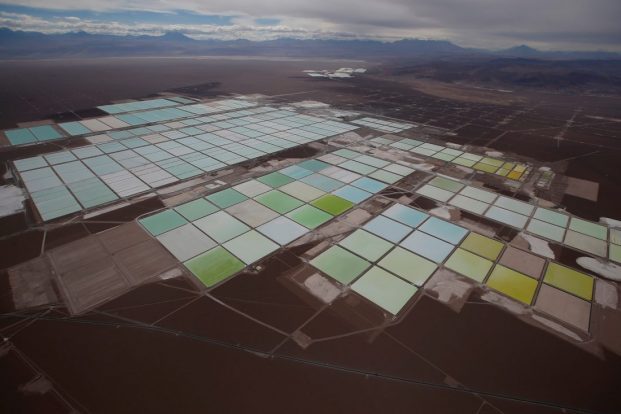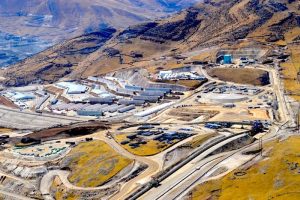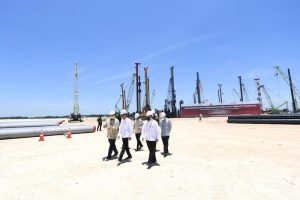The soaring demand for minerals caused by the surge in clean power policies could lead to challenges of scarcity and threaten US energy security, according to a Washington think tank.
The US is 100% net import-reliant for 14 critical minerals, and more than 50% import-reliant for 17 other mineral commodities, a new report said.
The Department of Energy states that this dependency could be a source of risk for US supply chains.
For most critical minerals, the US and other western nations are minority suppliers with only modest capability to influence global markets, the report by Citizens for Responsible Energy Solutions (CRES) Forum said.
By contrast, China is the dominant supplier for multiple critical minerals and is likely to remain so.
“In the case of minerals it does not supply — such as cobalt — China has near-monopolistic control of refining capacity through its state-owned enterprises,” authors Phil Rossetti and George David Banks noted.
“Policies that increase reliance on foreign supply chains could create national security vulnerabilities, as China has already in the past expressed willingness to embargo mineral exports to penalise foreign nations,” the CRES Forum paper added.
The US is particularly dependent on China for rare earth elements (REEs) and platinum group metals.
“In 2019, the Department of Defense requested plans for the increase of REE production in the US, as an imminent risk to military procurements and supply chains due to reliance on China had become apparent,” the white paper noted.
An REE called neodymium is needed for wind turbine magnets, which can weigh up to 650 kg per megawatt of capacity and up to 29% of that content can be neodymium.
Rare Earths Present Vulnerability
For solar panels, a material called tellurium is used, and about 100 tonnes of that mineral is required for one gigawatt of
solar power.
“REEs present a vulnerability in the pursuit of a clean energy transition because substitutes are not always available, and when possible, may not be as efficient,” CRES Forum said in the paper.
There are also growing ethical concerns with the production of minerals.
Another essential input for solar panels, polysilicon, mostly comes from China’s Xinjiang province, where CRES Forum noted, “an estimated one million Uyghurs have been forced into internment camps”.
A recent study estimated that “approximately 2.6 million Uyghurs are slave labourers, many of which are likely contributing to Chinese solar panel production”.
While REEs may be scarce, other conventional minerals such as copper, cobalt, nickel and lithium present their own challenges due to the vast quantities needed to produce clean energy technology.
Despite their relative abundance, never have they been in demand at the scale that could be required of under certain global clean energy transition pathways, raising questions as to the feasibility of such large amounts of extraction.
The paper concluded that the US should expand its pursuit of clean energy innovations that may prove more sustainable in the long term, as well as advanced recycling programmes.
“In the interim, the US should also increase its own minerals production and processing to reduce the influence of China and other geopolitical adversaries,” the authors recommended.
- George Russell
READ MORE:
Iluka to Build $750m Rare Earths Refinery to Counter China
China Calls On Rare Earths Firms To Help Cool Prices
Global Energy Companies Push for New Lithium Process























